Every season, a handful of teams make a big leap from the bottom of the standings to the top. While it’s hard to go from worst to first, a few teams have made that drastic turnaround and now look like Stanley Cup contenders.
The New Jersey Devils finished 2021-22 with a 27-46-9 record and ended up with the second-overall pick in the 2022 NHL Entry Draft. This season, they are fighting for the top spot in the Metropolitan Division. The Boston Bruins were a wild-card team last year and were eliminated in the first round by the Carolina Hurricanes. The Bruins are now on pace to win the Presidents’ Trophy and are the odds-on favorite to win the Cup. Likewise, the Dallas Stars were a wild-card team last season but are now one of the top teams in the Central, while the Winnipeg Jets and Seattle Kraken were near the bottom of the Western Conference but are now poised to make the playoffs.
Related: NHL Rebuild Rankings: Which Teams Are Closest to Contending?
How did these teams make such a dramatic turnaround? What changed, or what has the front office been planning for years to allow their team to make a big leap in the standings? There are some main themes that stand out and are important for struggling teams to take note of.
Bruins & Team Chemistry
The Bruins didn’t make a lot of moves in the offseason and essentially kept their roster together despite their first-round exit. Led by veterans Patrice Bergeron, David Pastrnak, and Brad Marchand, general manager (GM) Don Sweeny knew there was a strong enough core in place to put together a championship-caliber season.
That said, the big move was the return of David Krejci, who came out of retirement to rejoin the team. The Bruins not only added a top-six center but also a familiar face, someone who played 15 seasons with the franchise. The message was clear: This is going to be the last big run for them, especially for players in the twilight of their careers, like Marchand and Bergeron.
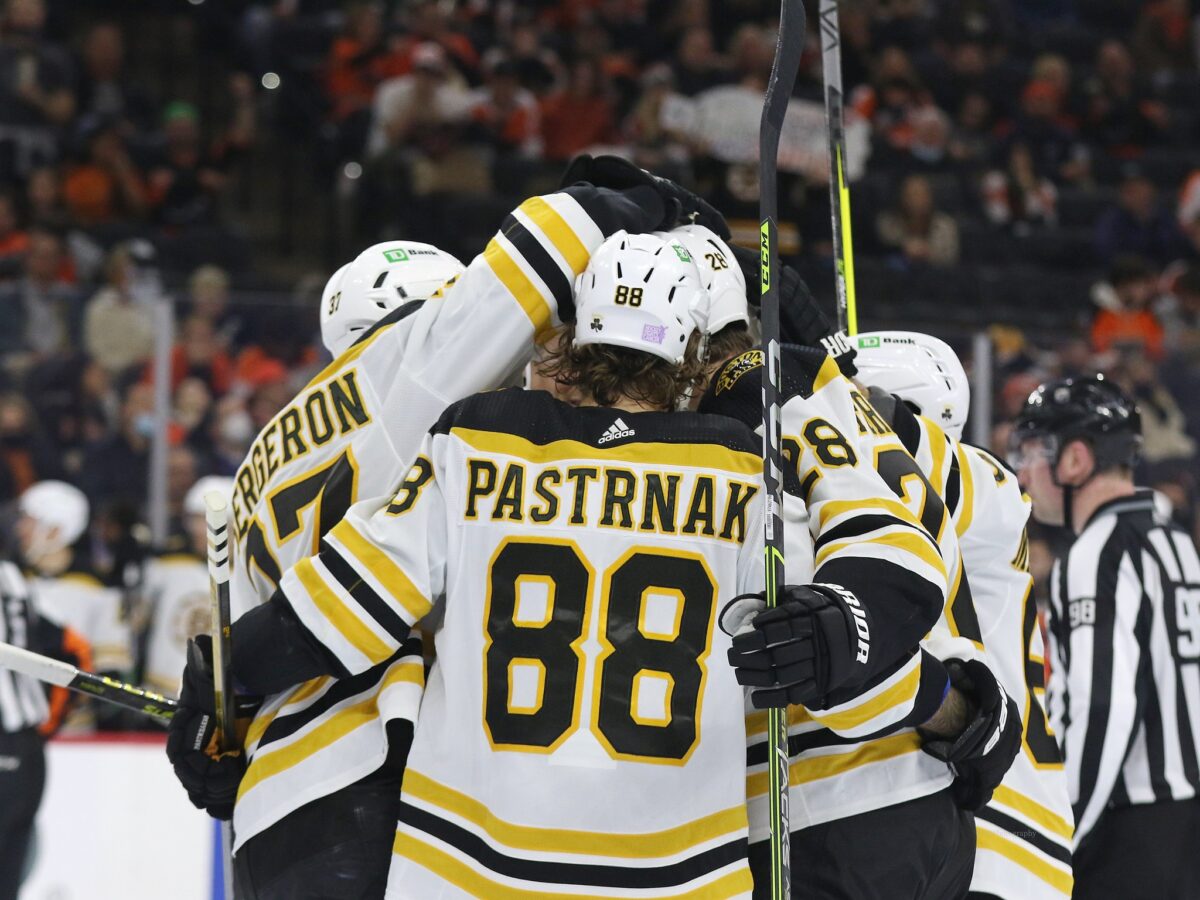
The result is one of the greatest regular seasons in NHL history. The Bruins are a balanced team and their familiarity allows them to thrive alongside one another. Key players have been together for many seasons, giving them the best forward lines and defensive pairings in the league. Moreover, their chemistry has helped them adapt without worrying about a drop-off in production. If they need to break up their top line and move Pastrnak or Marchand to the Krejci-led line, they can easily do it. Likewise, Taylor Hall, who has been on the roster since he was acquired in March 2021, can move to the top line if needed, and the offense will remain potent. A lot of teams struggle with adjustments, but the Bruins have adapted so many times it’s second nature, especially for the veteran players.
While the Bruins developed strong chemistry over many seasons, the Kraken formed theirs in their inaugural campaign. Their first season was one to forget, finishing in last place in the Pacific Division. However, the players selected in the 2021 NHL Expansion Draft used their first season together to build strong connections and a formidable lineup. One year later, Seattle has four reliable forward lines led by veterans Jared McCann, Jordan Eberle, and Yanni Gourde.
The three skaters led the team in points in the 2021-22 season and were key building blocks for the league’s newest franchise. The offense struggled, averaging only 2.60 goals per game, but they worked together to figure out their strengths. McCann, Eberle, and Gourde are among the top-five scorers on the team this season and have helped lead one of the best offenses in the league, averaging 3.48 goals per game.
Likewise, the Devils didn’t change their roster during the summer, specifically their forward unit. However, the players working alongside one another have been doing so for years. Jack Hughes, Jesper Bratt, and Nico Hischier have been together for the last four seasons and have adapted to each other’s strengths and weaknesses. Hughes has learned to take advantage of open skaters to become a dynamic player who not only leads the team in goals with 37 but also leads the forwards with 44 assists. The team has also adapted to the fast pace of their best player, and this season, it has made them one of the toughest teams to face in the NHL.
Having core players in place goes a long way. Even if they have a disappointing season, they can lead the team in the next one. As long as the stars are there, they can keep the team competitive and in contention for the Stanley Cup.
Hughes & Beniers: How Young Players Mature Into Leaders
The Devils are the blueprint for rebuilding, allowing their young players to take on big roles and develop into stars. Hughes was a rookie in 2019-20 and, at 18 years old, was understandably overwhelmed by the pro-level talent. As a smaller forward, he was checked hard along the boards and struggled as a result, but the Devils kept him in the lineup for 61 games in a season that was cut short because of the COVID-19 pandemic. In the next three seasons, he continued to play in the top six and slowly adjusted to the speed and size of his opponents to maintain his fast pace but also be equipped to take tough hits.
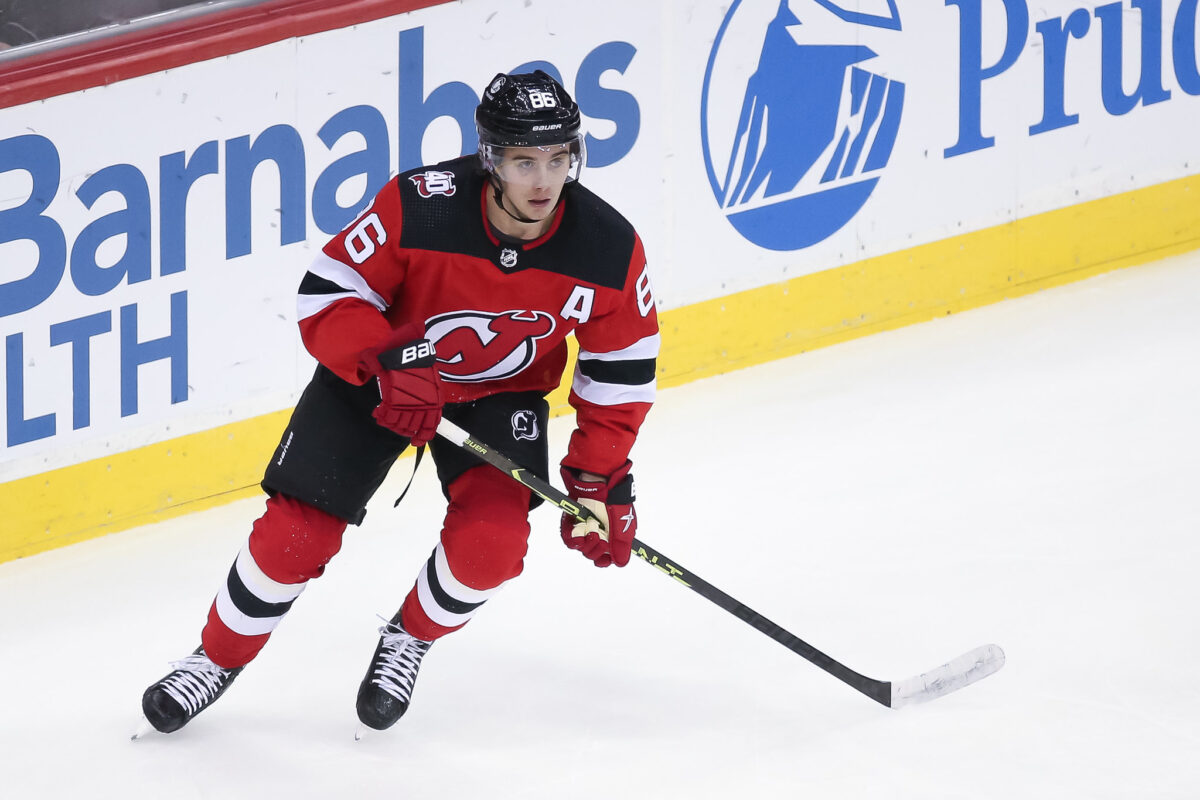
Hischier, meanwhile, was named the captain at the start of the 2020-21 season at 22 years old, making him the youngest captain in the NHL at the time. While most teams try to avoid a young captain, the Devils saw him as their leader of the future and allowed him to learn those responsibilities on the fly. Hischier now leads a young team at 24 years old and will become a veteran presence when prospects like Luke Hughes, Simon Nemec, and Seamus Casey join the roster.
The best players on the Devils are no longer prospects or developing. They are all stars, entering the prime of their careers. The Devils were patient with Hughes, Hischier, and Bratt, knowing that their early career struggles in the NHL would eventually translate into success, and this season, they are watching the rebuild payoff.
The Kraken have similarly found a way to bring Matthew Beniers, their top draft pick in 2021, onto the roster. He wasn’t ready to join them last season, and after a year at the University of Michigan, he played 10 NHL games to close out the 2021-22 season. The timeline for Beniers was crucial; management didn’t rush him but also gave him time to acclimate to the pro level, preparing him for the season ahead. In 2022-23, he has been one of their best players and a favorite to win the Calder Trophy, with 19 goals and 30 assists.
Even the Buffalo Sabres, who have improved but haven’t turned themselves into a playoff team, have shown the value of allowing prospects to mature into stars. Tage Thompson took on a big offensive role, especially after Jack Eichel was traded to the Vegas Golden Knights. He had a lot of raw talent but learned how to optimize his athleticism and unique skillset as the team struggled. The Sabres’ patience allowed Thompson to mature into one of the game’s best goal scorers, with 42 goals this season.
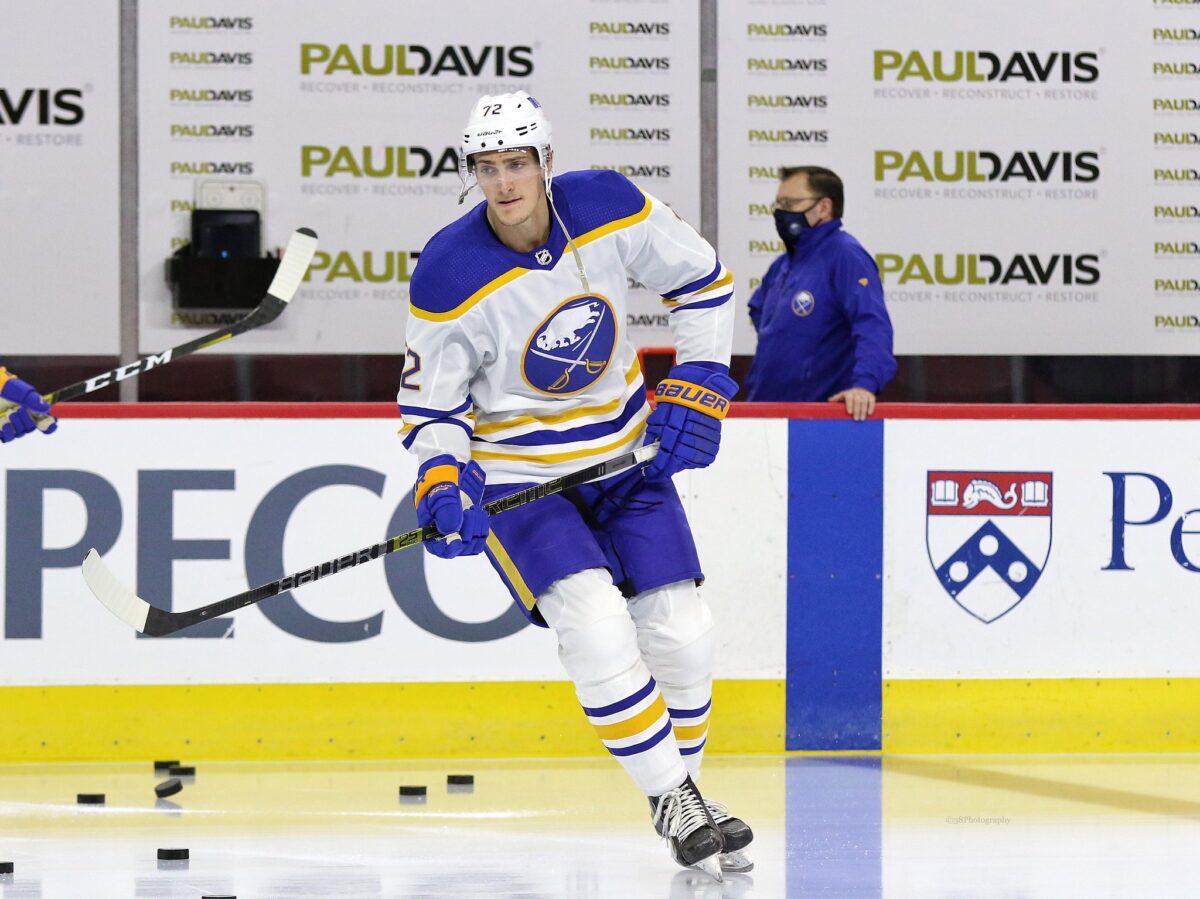
The Bruins aren’t considered a young team, but their defensive unit went through a transition a few years ago. In the 2019-20 offseason, they didn’t re-sign Zdeno Chara and Torey Krug, two of their best players who led the defense for years. That decision signaled confidence in the younger core led by Charlie McAvoy, Matt Grzelcyk, and Brandon Carlo. All three have been pivotal in their success in recent years and, this season, have led one of the best defenses in the league.
Ultimately, the teams that have jumped to the top of the standing have been patient with their prospects. Sometimes, that means allowing them to develop in the American Hockey League (AHL) or another amateur league. Other times, it means asking them to accumulate time in the NHL and take on significant roles, allowing them to learn the pro game on the fly. Teams will struggle at first, but when their young players are ready, they suddenly become contenders.
Front Offices Rounding Out Rosters
A team’s turnaround can also be linked to management’s ability to pinpoint the glaring weakness in the roster and address it. For the Jets, it was their defense. Specifically, they needed to limit high-danger chances and shots on net, so their elite goaltender Connor Hellebuyck could make easier saves. The Jets didn’t add any players in the offseason, but they have emphasized playing a more defensive-minded game and less aggressively at the blue line.
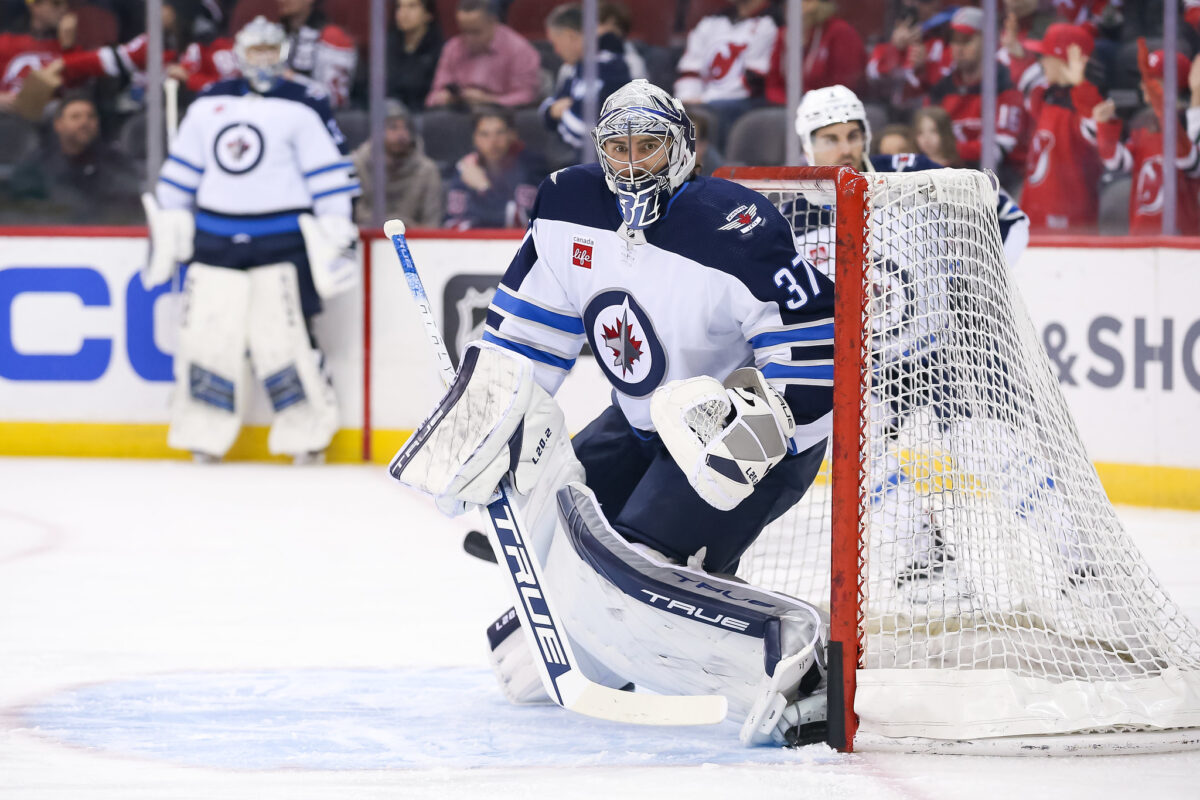
The Jets addressed their defense while the Kraken made moves to upgrade their forward unit, which was hapless in 2021-22. Oliver Bjorkstand wasn’t a splash acquisition but became a reliable top-six scorer on the wing, and his presence has helped other forwards on the team. He has 16 goals and 22 assists and has opened up scoring opportunities for Gourde, Jaden Schwartz, and the defensemen from the point. Along with acquiring Bjorkstrand, the Kraken also called up Beniers to upgrade the forward unit while claiming Eeli Tolvanen off waivers early in the season. The minor adjustments helped them bolster their offense and the team overall in one year, making them one of the best in the Western Conference.
The Devils, meanwhile, addressed the issues that kept them near the bottom of the conference but also rounded out the roster by adding a depth veteran presence to a young team, something they lacked in previous seasons. GM Tom Fitzgerald entered the offseason with the salary cap space to sign Johnny Gaudreau but instead chose to make minor additions to the middle six and defense.
The Devils signed Ondrej Palat to a five-year deal to bring a playoff-proven center to the third line and acquired Erik Haula, another 31-year-old forward. The Devils are still led by Hughes, Bratt, and Hischier, but Haula and Palat will guide the team through the regular season and eventually the playoffs.
Likewise, to improve the defense, Fitzgerald acquired John Marino from the Pittsburgh Penguins, who isn’t a two-way defenseman but a defense-first player who rounds out the unit. Marino was the missing piece on a defense that already had two-way players in Dougie Hamilton and Ryan Graves but needed another defensive defenseman.
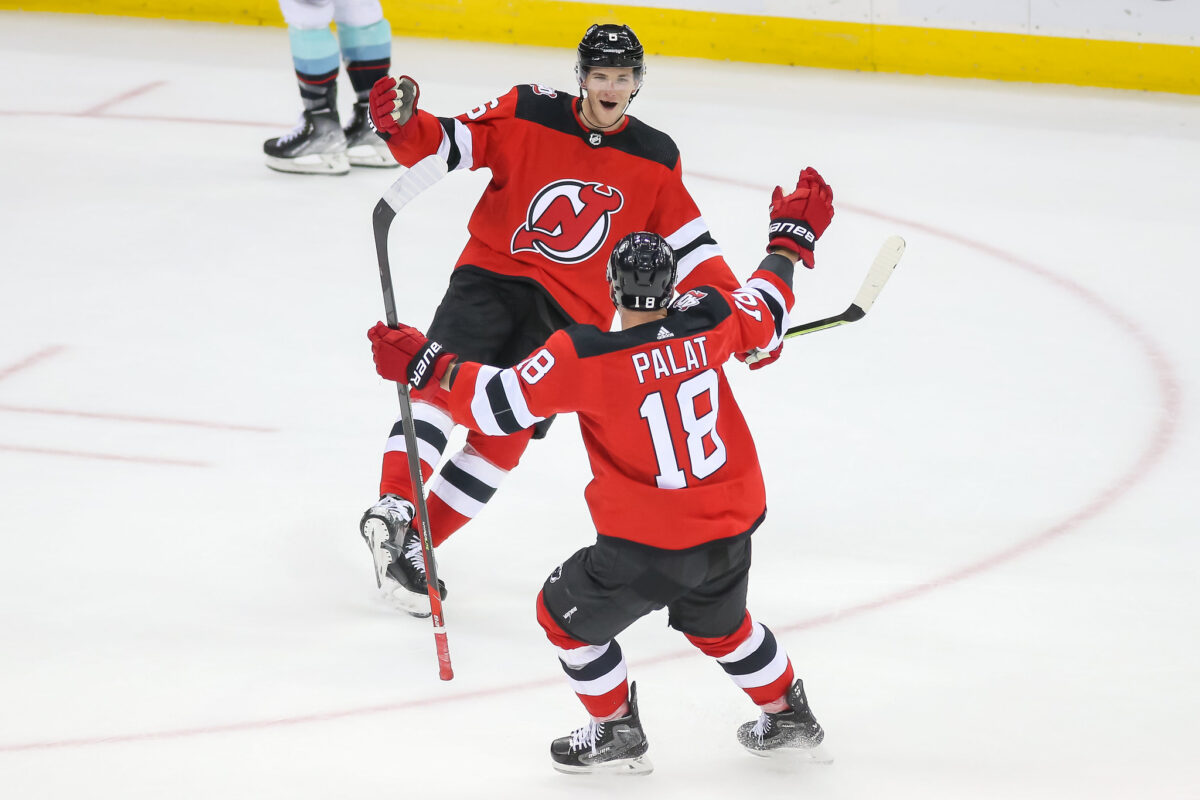
The Devils’ biggest issue was their goaltending, and after years of struggling to find a reliable starter, they finally found one in Vitek Vanecek. He isn’t an elite goaltender and won’t be a Vezina Trophy finalist, but he has brought stability to the crease. Vanecek has a .909 save percentage (SV%) and a 2.51 goals-against average (GAA) on 1127 shots, but, most importantly, he has 4.8 goals saved above average (GSAA), helping turn around a unit that had -53.1 GSAA the previous season. Along with a viable starter, Akira Schmid and Mackenzie Blackwood have also stepped up as backups to ensure that goaltending isn’t a weakness.
Sometimes, a New System Is All That’s Needed
The Bruins, Golden Knights, Jets, and Stars all replaced their head coaches this season. In most cases, the previous head coach wasn’t doing a poor job, but the team needed a new voice or system to improve. The Stars needed an offensive-minded coach in Pete DeBoer to unlock the offense and balance out a team that already had a great defense and elite goaltending. Conversely, the Jets hired Rick Bowness to bring discipline and bolster the defense.
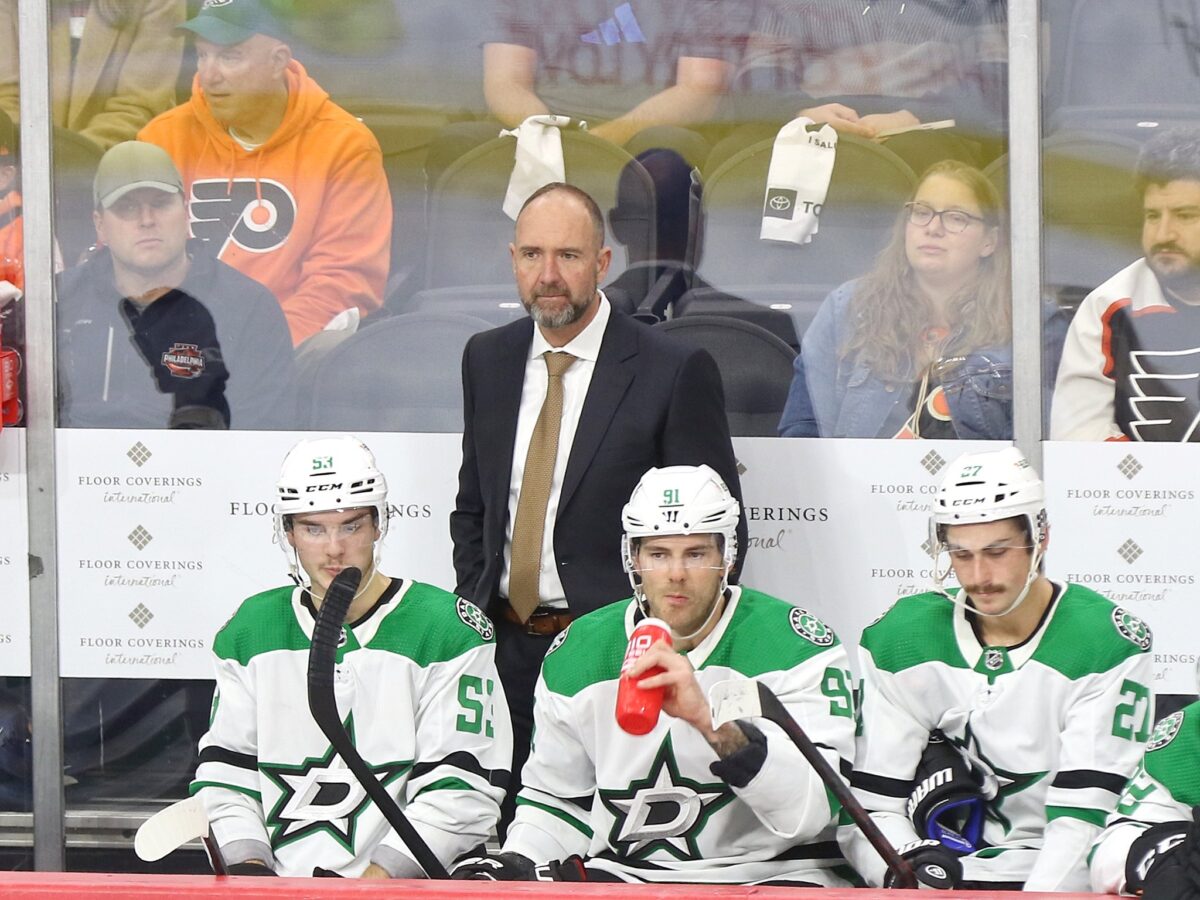
Bruce Cassidy has proved that he can lead an NHL team. He won the Jack Adams Award following the 2019-20 season and is leading the Golden Knights back to the playoffs. However, after the Bruins underachieved in 2021-22, finishing as a wild-card team, it became clear that his message wasn’t resonating with the players. As a result, he was fired and replaced by Jim Montgomery, who has turned the team into one of the best in the league. Likewise, DeBoer led the Devils and the San Jose Sharks to the Stanley Cup Final while helping the Golden Knights make a deep playoff run in his first season behind the bench with each team. However, his style eventually stopped working, and he was replaced by Cassidy last offseason.
There are a lot of talented head coaches who can lead a team to the Cup. However, it’s about matching the right coach with the right roster. The front office that finds the ideal connection is the one that often sees their teams make drastic improvements.
Other Notes on the NHL’s Most-Improved Teams
Injuries have also played a significant role in the turnaround for most of the top teams. The Golden Knights were riddled with injuries last season and fell apart in the second half, going 16-15-5 following the All-Star Break and missing the playoffs. With their stars at full strength and Eichel contributing all season, the Golden Knights are one of the best teams in the Western Conference. Likewise, the Devils didn’t have Hamilton last season as he missed 20 games battling injuries. In 2022-23, Hamilton has played 71 games, scoring 18 goals and 48 assists while contributing 4.6 defensive point shares, providing the Devils with the elite play the team needs at both ends of the ice.
The teams that made significant improvements also made specific moves suited to their lineup; management only added players who fit in with the current roster. The Stars, for example, added Mason Marchment and Colin Miller to add more depth, knowing that they would work well with their core players. Oftentimes, a team will make a trade that looks good at the time but isn’t helpful long-term because the player doesn’t fit in and ultimately sets them back.
For the most improved teams, the front office and the head coach understood their rosters and knew what was needed for them to become Cup contenders. For rebuilding teams, they must take note of what the next steps are, especially with the key players they have. The teams listed here should be seen as a blueprint for those that are struggling.